Loading
Muslims worldwide embark on the sacred journey of Hajj and Umrah, seeking spiritual renewal and closeness to Allah. These profound acts of worship cleanse the heart, mind, and soul, offering countless blessings and rewards. For many, the pilgrimage extends beyond Makkah and Madinah, as they explore the rich Islamic history of Saudi Arabia. Among these spiritual destinations, Taif holds special significance. This city is home to remarkable sites that echo the deep heritage and unwavering faith of Muslims.
Visiting Taif is a journey through time, connecting pilgrims to pivotal stories of resilience, devotion, and divine guidance. In this guide, we’ll highlight the historical landmarks of Taif and provide insights on how to arrange reliable taxi services for a seamless experience.
Nour Baserti is here to make your Ziyarat visits seamless, allowing you to focus on spiritual fulfillment while we handle your transportation needs. Let us guide you on this sacred journey to connect deeply with your faith.
Located in Taif, Abdullah ibn Abbas Mosque stands as a monument to the esteemed Sahabi Abdullah ibn Abbas (RA), a cousin of Prophet Muhammad (PBUH). He was a renowned scholar in Quranic exegesis and Islamic jurisprudence.
During his youth, Abdullah ibn Abbas (RA) grew up by the Prophet’s side, assisting him in daily activities like fetching water for ablution and joining him in prayer. The mosque's location near his grave makes it a significant Ziyarat site in Taif.
Visiting this mosque offers a spiritual connection and an opportunity to honor the legacy of one of the most knowledgeable companions of the Prophet (PBUH).
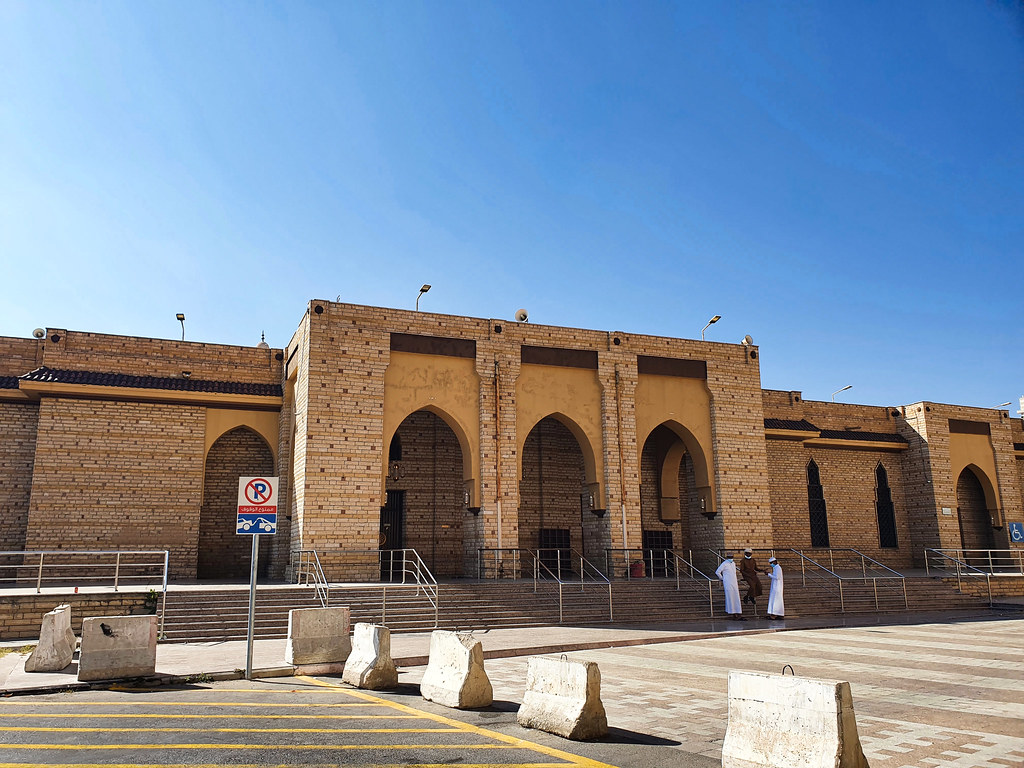
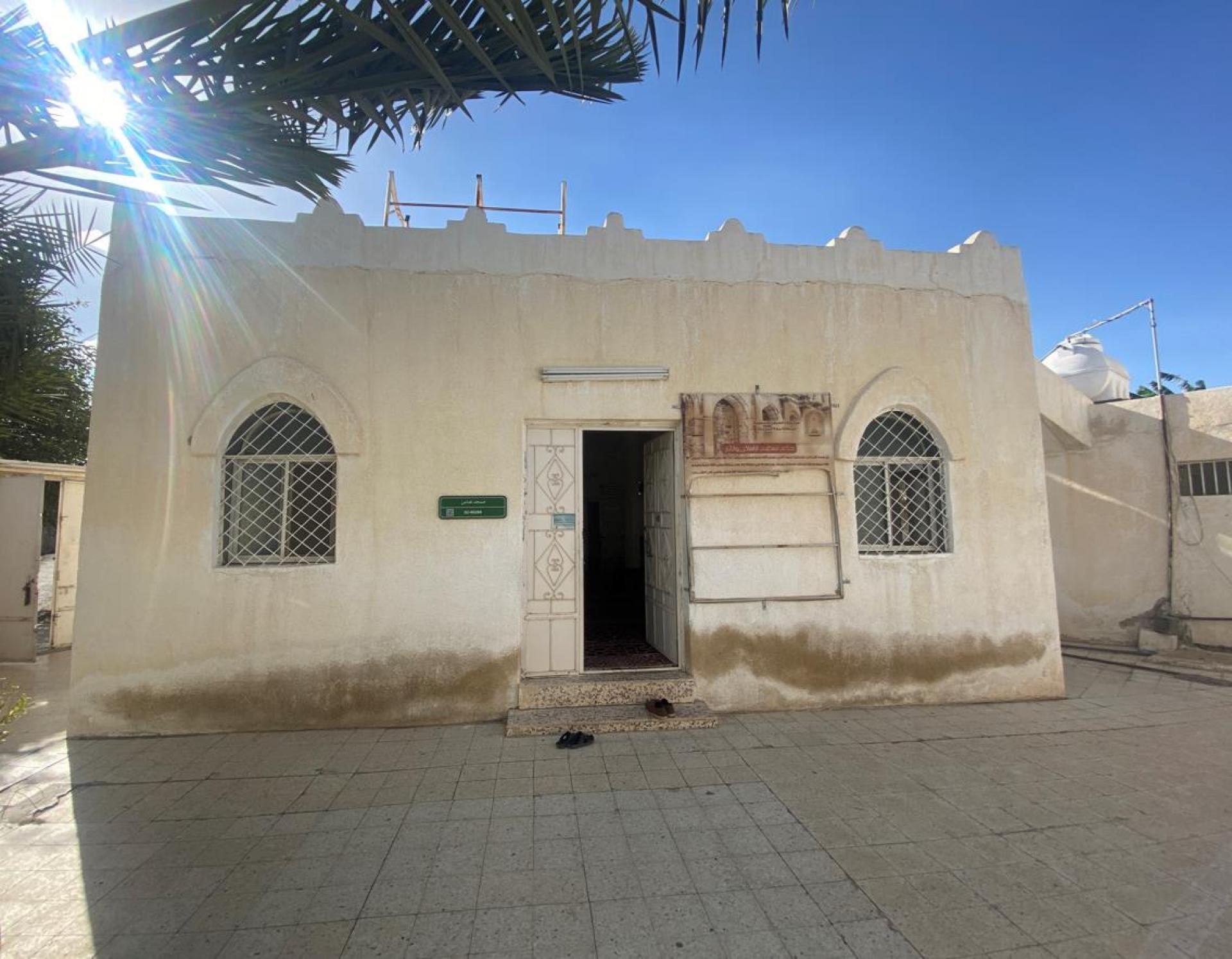
Adidas Ra was one of the earliest individuals to embrace Islam in Taif. During the Prophet's mission to Taif, his message was rejected, and he endured harsh treatment, including stones being thrown at him, causing his feet to bleed. This period marked one of the most trying times in the Prophet’s life.
While resting in a secluded area, Addas, a Christian from Ninevah (modern-day Iraq), was sent with a bunch of grapes. Addas had been a servant of a wealthy family from Makkah, slaves of Utbah bin Rabiah. Upon witnessing the Prophet eat the grapes and say “Bismillah,” Addas remarked, "People here do not say that!" This moment led to Addas embracing Islam.
The mosque itself is designed in the style of the Abbasid dynasty, giving it an ancient and timeless appearance, even though it is relatively modern in its construction.
The Al Hada Mountain holds immense significance for Muslims, making it one of the most important Ziyarat destinations in Taif. Visitors are treated to breathtaking views of the majestic Al Hada mountains. The mountain is renowned for its historical connection to a pivotal moment in the Prophet Muhammad’s (PBUH) life, when he was struck by a rock thrown by hostile individuals. Allah sent two angels to offer protection, and they proposed to destroy the people who had thrown the stone. However, the Prophet (PBUH) refused and said, “From them will come people who will respond to my call.” This moment marked the beginning of the spread of Islam in the region.
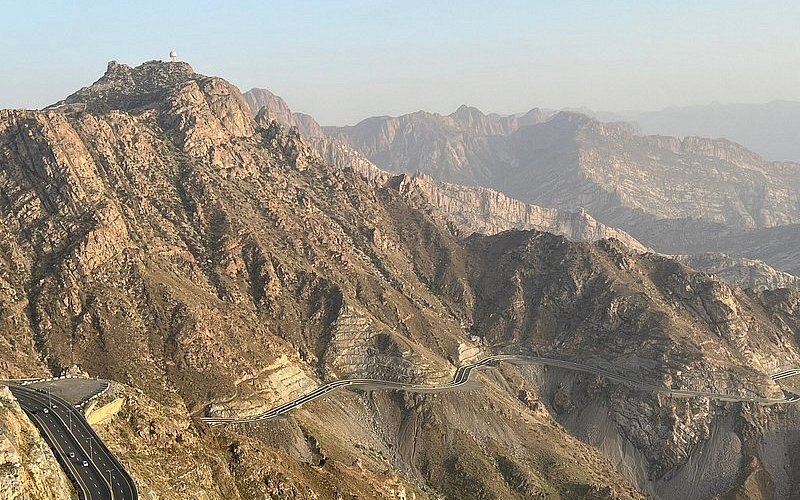
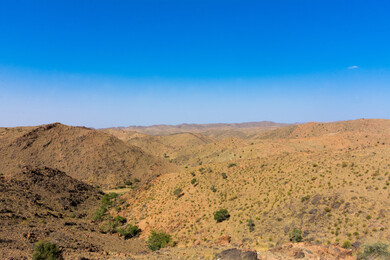
The Valley of Banu Saad is part of the larger Hawazin tribal confederation, closely related to the Prophet Muhammad (PBUH). It is historically significant as the site of the Shaqq e Sadr event, which holds great importance in Islamic tradition. The valley, located near Taif, is a sacred place for Muslims, where many come to pray and seek blessings. It is also notable for being the place where the Prophet spent his childhood, making it a prominent Ziyarat location in Taif.
Located just a few kilometers south of Banu Saad, Al-Kalada Heritage Village is a captivating destination with a rich history. The village is home to Al-Harith ibn Kaladah, a renowned Arab physician and one of the Prophet Muhammad’s (PBUH) companions. Al-Kalada Heritage Village holds significant historical and Islamic value, making it a revered spot for visitors seeking to connect with the past and explore the legacy of one of Islam’s respected figures.
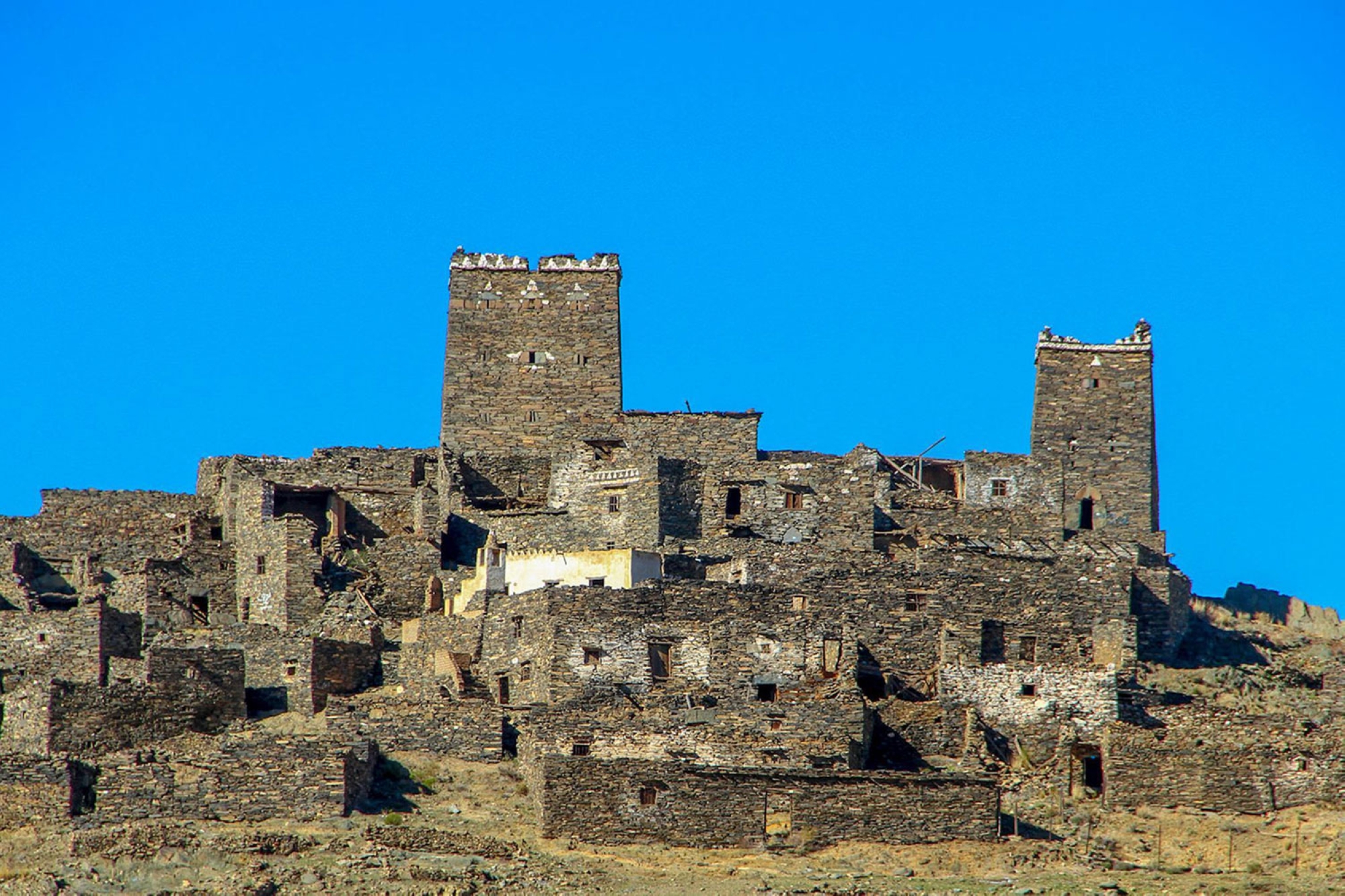
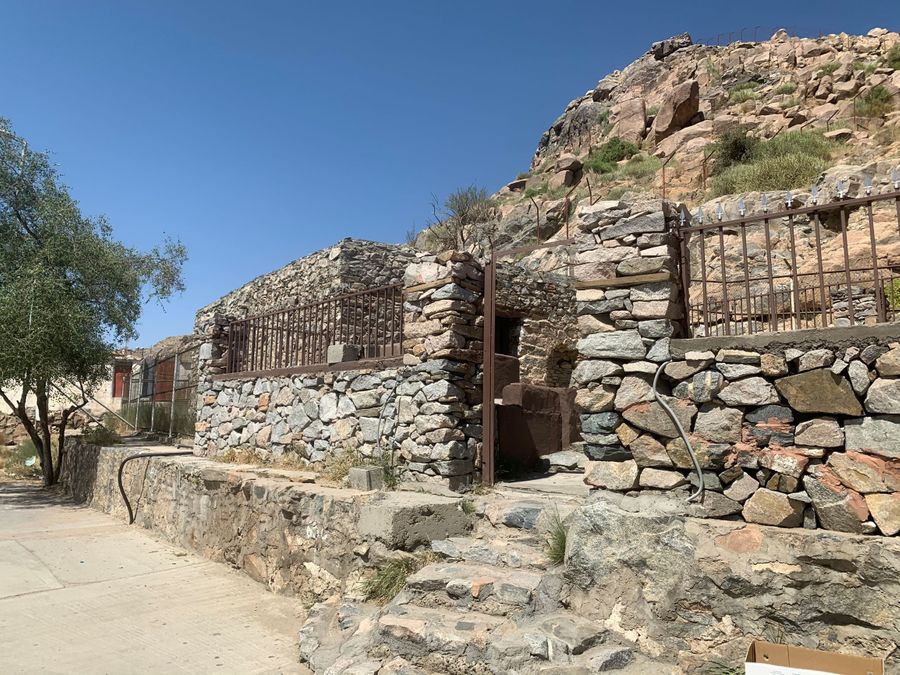
Alkou Mosque is a remarkable place for Muslims, home to a sacred stone bearing the mark of Prophet Muhammad’s (PBUH) elbow. The Prophet (PBUH) mentioned that after entering Taif and resting against this stone, it was named "The Elbow" or Al-Koua. Pilgrims who visit this mosque recognize it as one of the holiest sites in Taif, a place of profound spiritual significance.